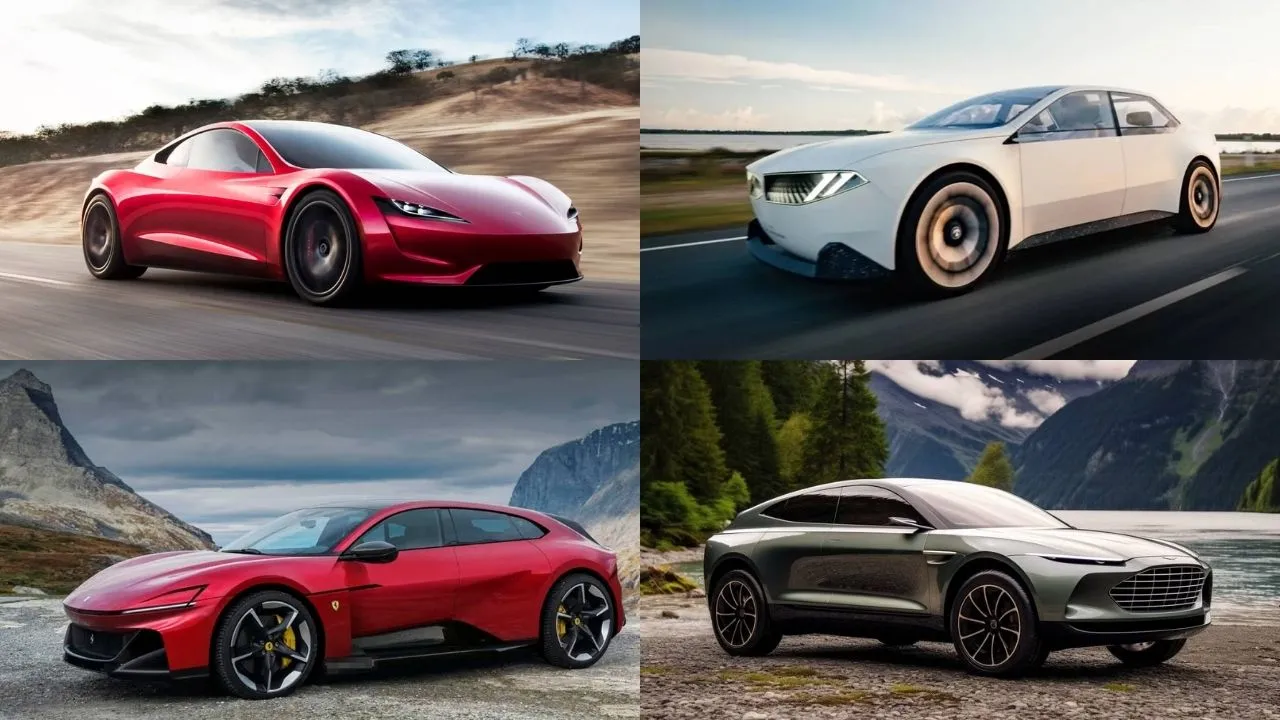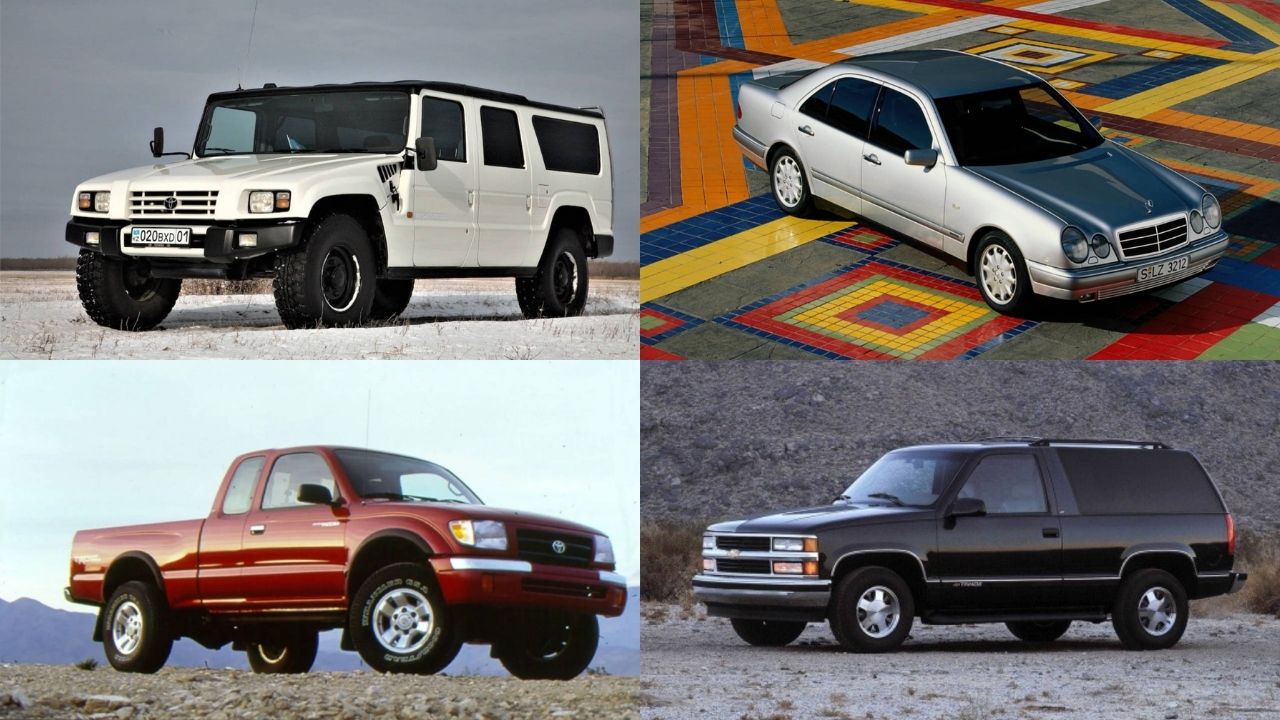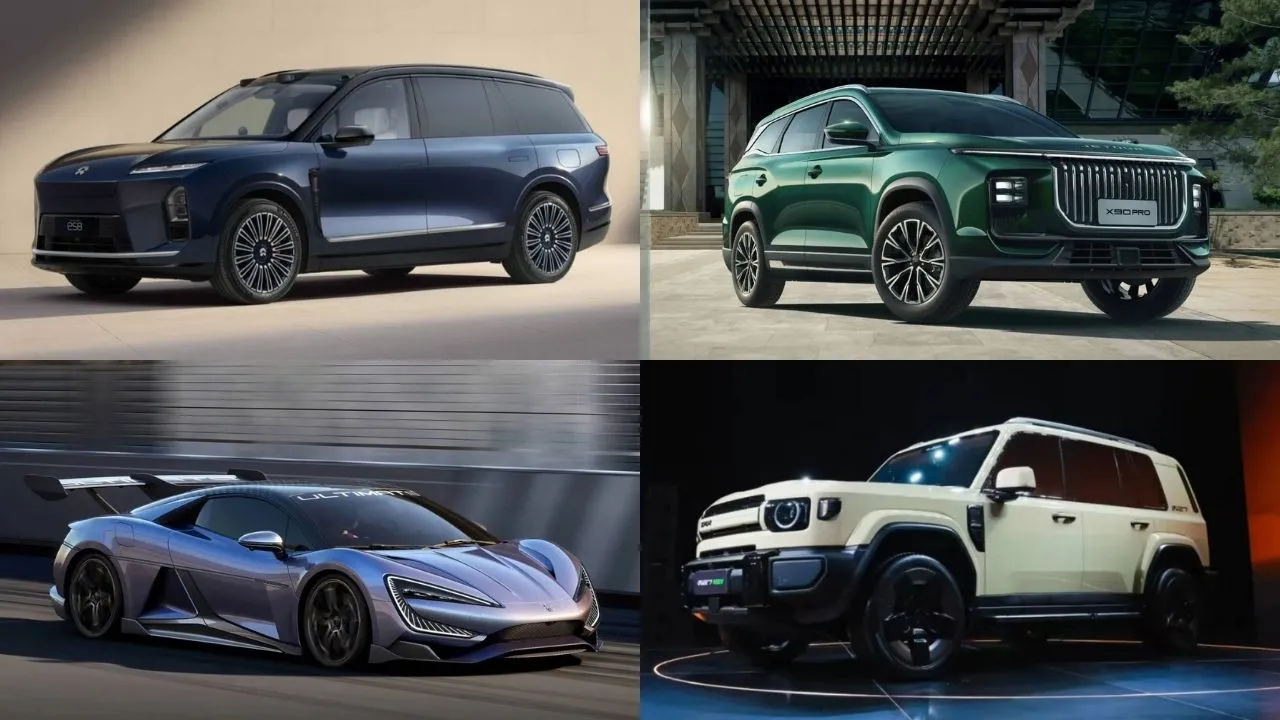DubiCars Car Spotlight — Hyundai Tucson: All You Need To Know About The Hyundai Tucson, Its History & Generations
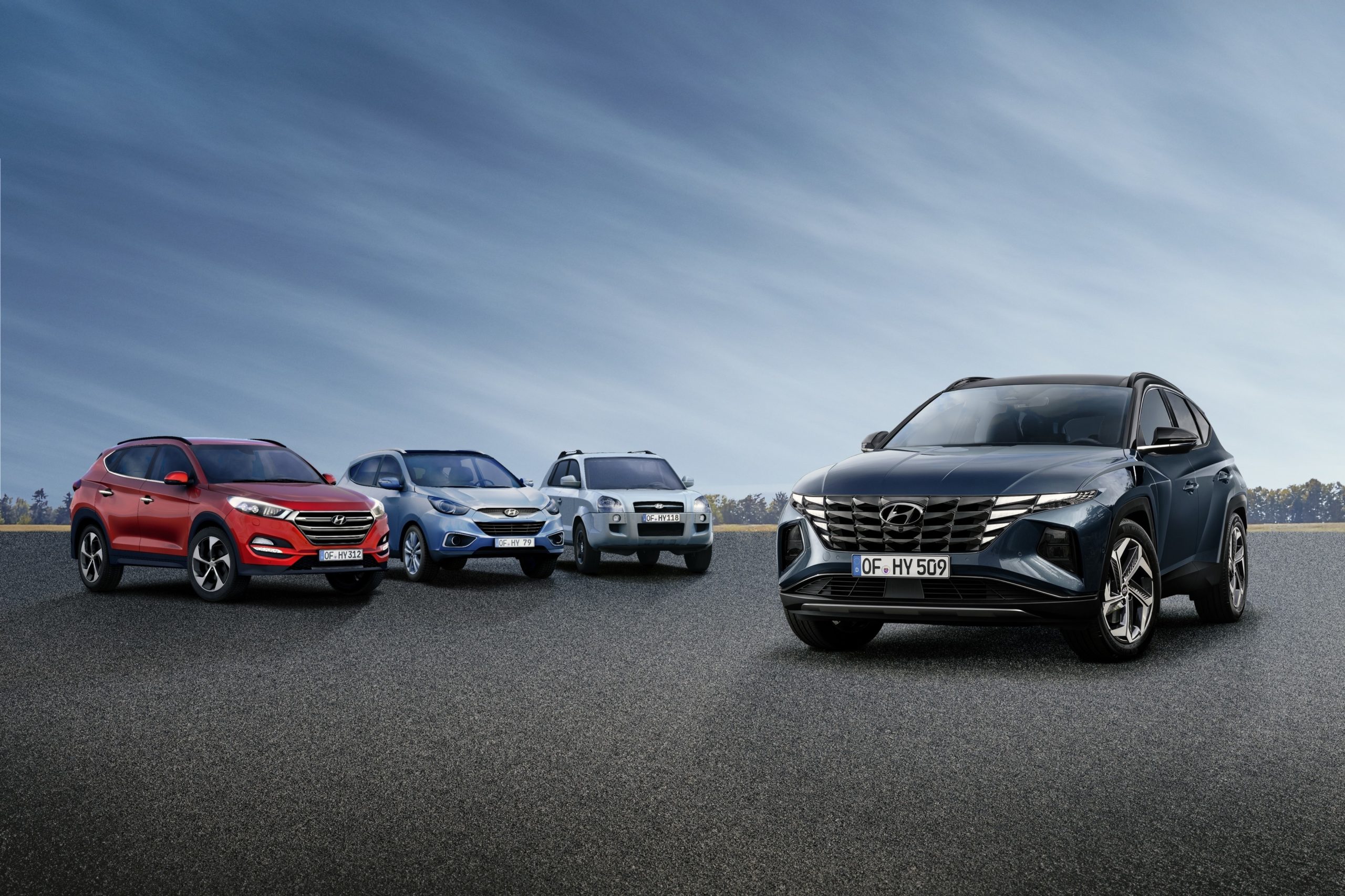
Hyundai is one of the most successful car manufacturers of all time. It was formed in 1967 and its first SUV – the Santa Fe – was launched in 2000. The second Hyundai SUV was smaller and more affordable. Given that it was the second-largest SUV in the Hyundai product lineup, it was named after the second-largest city in Arizona, USA — Tucson.
The Hyundai Tucson was developed to compete with SUVs like the Toyota RAV4 and Ford Escape. The Hyundai Tucson has created a distinct brand identity and forged a reputation for being comfortable, spacious, practical, and reliable. It has also always been a great value-for-money product.

With over 7 million units sold Globally, The Hyundai Tucson has gone on to become the best-selling Hyundai SUV ever. In this DubiCars Car Spotlight, we focus on the little Hyundai Tucson and tell you everything you need to know about it.
Hyundai Tucson History & Heritage — Models Over The Years
First Generation | 2004 – 2010
As aforementioned, Hyundai developed the Tucson to effectively compete with the likes of the Toyota RAV4 and Ford Escape. Those were products that were already quite successful in the market and it would take a lot of effort to develop an SUV that could take on them. Hyundai chose the manufacturing platform of the Elantra to base the Tucson on.

The Hyundai Tucson was launched in 2004 with production taking place in South Korea, China, India, and Brazil. It was an instant success with its reliable drivetrain, understated styling, and feature-loaded interior. Only a few markets received the 2.7-litre V6 engine while the rest had to make do with either the 2.0-litre inline-four-cylinder petrol or the 2.0-litre inline-four-cylinder turbo-diesel.
The second-generation Kia Sportage was based on this Hyundai Tucson and every generation of the Sportage has been based on the corresponding generation of the Hyundai Tucson since then. The first-gen Tucson was so successful and ahead of its time that production in Brazil began in 2010 after it was discontinued elsewhere. In fact, production in Brazil went on till 2017.
Second Generation | 2009 – 2021
The second generation of the Hyundai Tucson was launched in 2009. In the American & Korean markets, the Tucson moniker continued. However, across all other markets, it was renamed the Hyundai ix35. It was revealed at the 2009 Frankfurt Motor Show and it reportedly cost around $225 million (AED 826 million) to develop.

Multiple engine and gearbox options were available with the second-gen Tucson. The V6 engine was discontinued and the lineup of petrol engines ranged from a 1.6-litre inline-four-cylinder to a 2.4-litre inline-four-cylinder. 1.7-litre and 2.0-litre inline-four-cylinder diesel engine options were also available.
In 2013, it underwent a facelift and it was launched in the Brazilian market only in 2013. Despite being discontinued elsewhere by 2015, production in Brazil went on till 2021!
Third Generation | 2015 – 2022
With the third generation, Hyundai let go of the ix35 nameplate and resurrected the Tucson name across the globe. It was revealed at the 2015 Geneva Motor Show. It was wider and longer than the second-gen Tucson only by a couple of inches. However, its design and styling made it look much bigger.

Safety tech debuted in a big way with this generation. Some of the safety features on the third-gen Tucson include lane-departure warning, blind spot detection, auto braking, active cornering control, etc.
Engine options range from a 1.6-litre inline-four-cylinder to a 2.4-litre inline-four-cylinder engine for the petrol variants. Diesel engines included 1.6-litre, 1.7-litre, and 2.0-litre inline-four-cylinder options.
Fourth Generation | 2020 – Present
The most modern Hyundai Tucson yet, it uses the latest Hyundai family design language. Hyundai’s new signature grille design is neatly integrated into the SUV. The elaborate design of the alloy wheels further adds an incredible amount of style to the family SUV. For the first time ever, the Hyundai Tucson was offered in two wheelbase variants to meet buyer expectations and requirements.
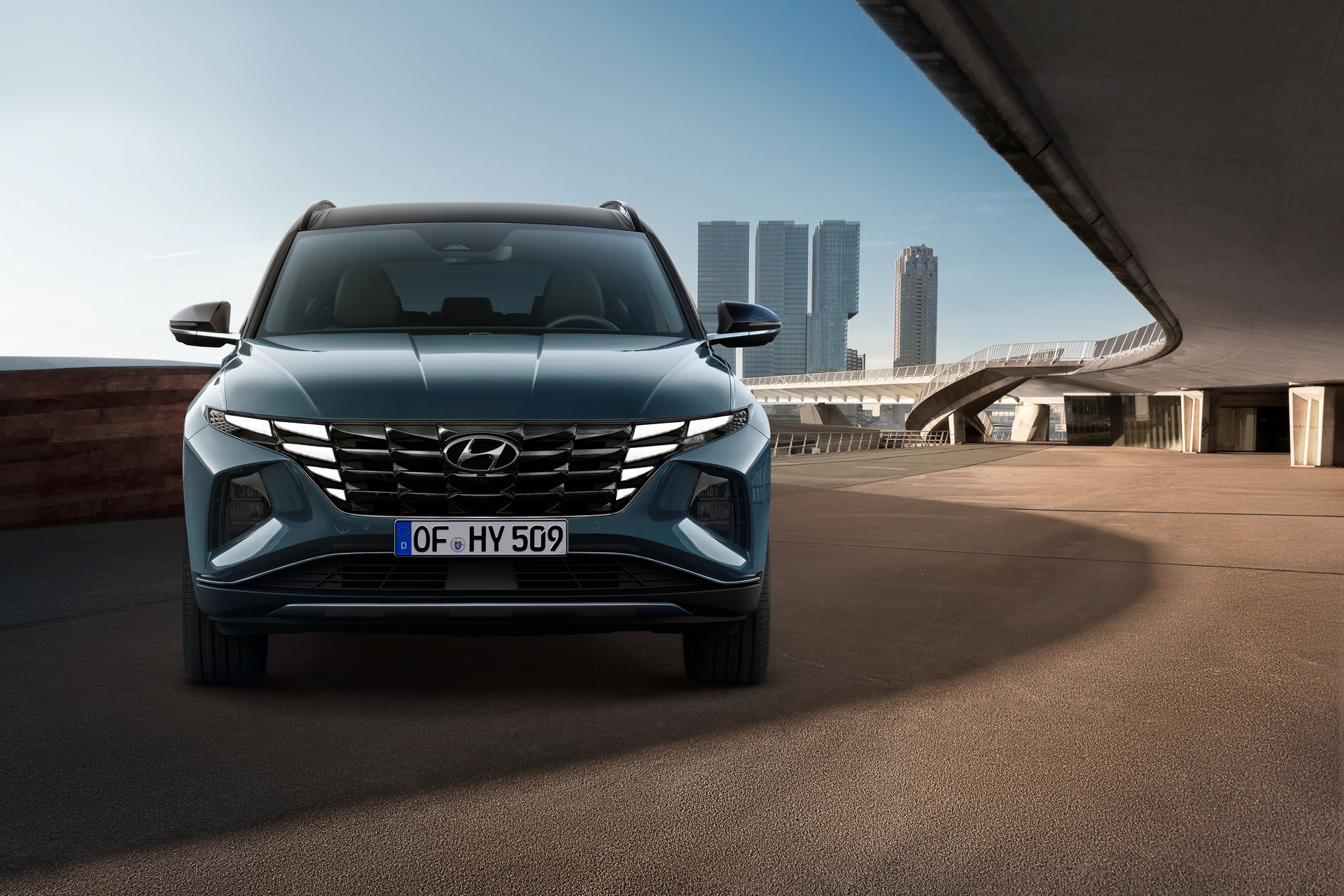
For the first time ever, the Hyundai Tucson was also made available with a mild hybrid as well as a strong hybrid drivetrain system. Petrol variants were powered by inline-four-cylinder engines ranging from 1.6-litres to 2.5-litres in size. Buyers of diesel variants can choose between a 1.6-litre or a 2.0-litre inline-four-cylinder turbo-diesel engine.
The hybrid variants are further classified into HEV & PHEV. These variants feature a 1.49kWh battery pack in addition to the petrol engine. The HEV (Hybrid Electric Vehicle) variant uses a 59hp electric motor in conjunction with the 1.6-litre turbo-petrol to offer a combined output of 226hp. The PHEV (Plug-In Hybrid Electric Vehicle) on the other hand uses a 13.8kWh battery pack and is paired with the 1.6-litre turbo-petrol engine for a combined output of 261hp.
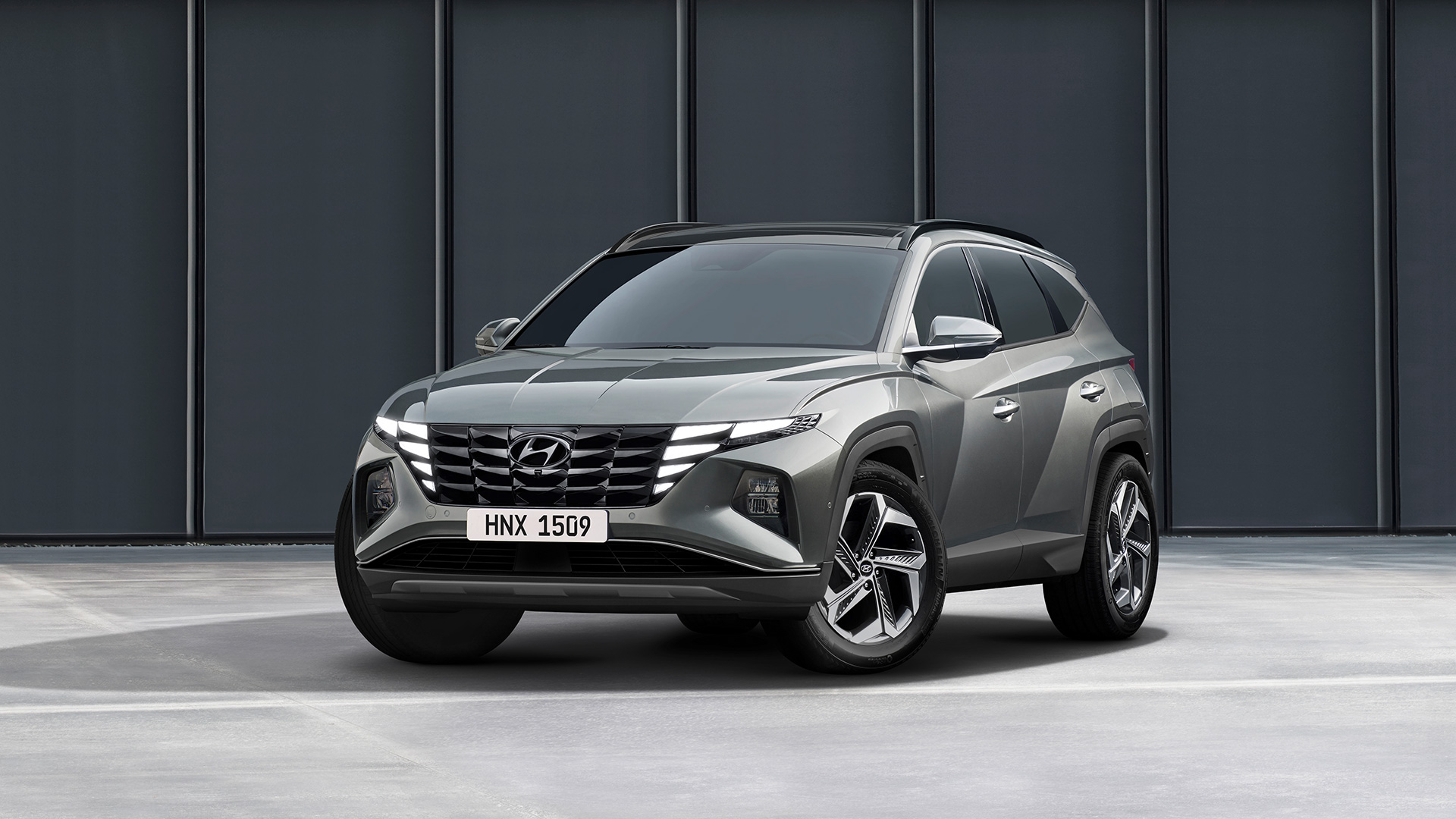
We’ve got an in-depth blog on the differences between HEV, PHEV, and EV for your reading pleasure.
Most Popular Hyundai Tucson Generations In The UAE
The first and third generations of the Hyundai Tucson are the most popular generations in the UAE. The subtle and no-nonsense design language of the first-gen is much-loved and so is the classy styling and modern features of the third generation. Demand for the fourth generation on the other hand is increasing at a steady pace.
Browse through hundreds of used Hyundai Tucson cars for sale in the UAE & new Hyundai Tucson for sale in the UAE.
Also Read:
– All You Need To Know About The Toyota Prado
– Top 10 SUVs To Buy In The UAE
– All You Need To Know About The Mercedes-Benz G-Class




